We have had many great visits full of learning opportunities at SeaWorld® San Diego. Recently we were invited to learn about conservation in a series of animal interactions. Learning about sharks and cleaner fish at SeaWorld San Diego was a great experience.
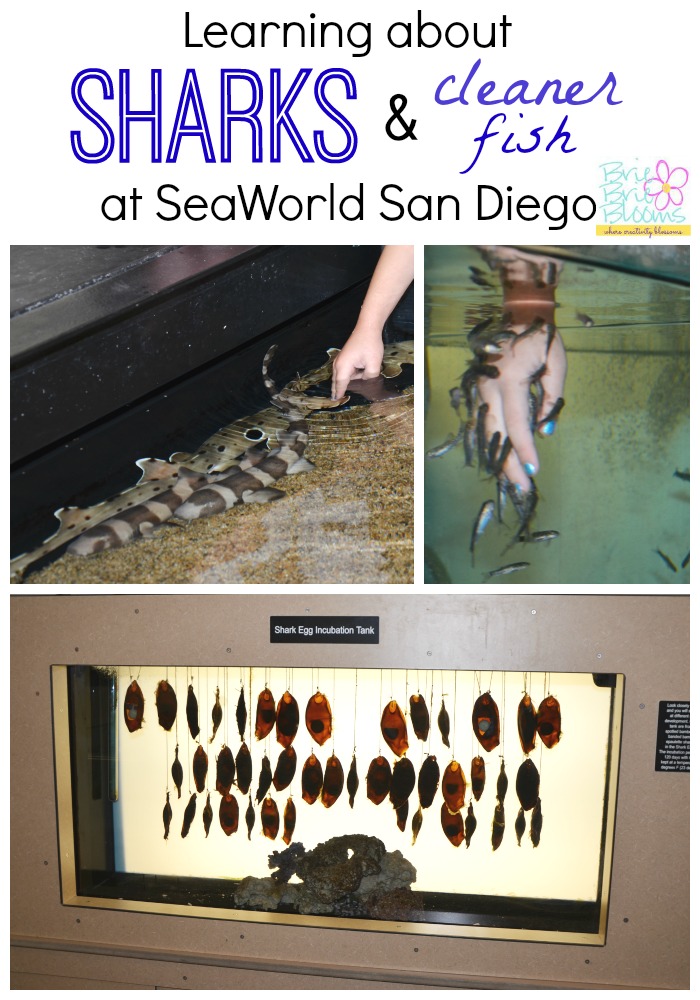
Sharks are one of the most fascinating creatures in the ocean. They can inhabit nearly all bodies of water and are adapted for a wide range of aquatic environments. Different types of sharks can live in shallow coastal waters, deep water ocean floors, and in the open ocean. Little is currently known about the growth rate of sharks.
Threats to sharks:
- Sharks have several natural ocean predators including other sharks, elephant seals, and killer whales.
- As many as 100 million sharks are killed each year by humans. Recreational and commercial shark harvesting has increased due to the demand for sharks and byproducts.
In 1993 the National Marine Fisheries Service (NMFS) implemented a plan to manage U. S. shark fisheries of the Atlantic Ocean, Gulf of Mexico, and Caribbean Sea. The plan includes catch limits for recreational anglers, permit requirements, and a requirement that when sharks are not kept they are released in a manner that will ensure survival probability. That same year the State of California passed a law protecting great white sharks. They are now protected by law in several countries. Commercial harvest is prohibited for whale, great white, basking, sand tiger, and bigeye sand tiger sharks.
SeaWorld studies sharks and educates the public on their vital role in the ocean. During a recent visit to SeaWorld San Diego we learned about sharks from Mike, assistant curator of fishes. Our experience began with a deep look into the shark egg incubator tank.

Natural shark egg fertilization happens internally versus externally like most bony fishes. The egg incubator tank allows visitors to see the shark silhouettes swimming in the eggs. When the sharks are born they are fully formed able to fend for themselves.

The sharks are moved to different tanks according to their size and type after they have hatched.
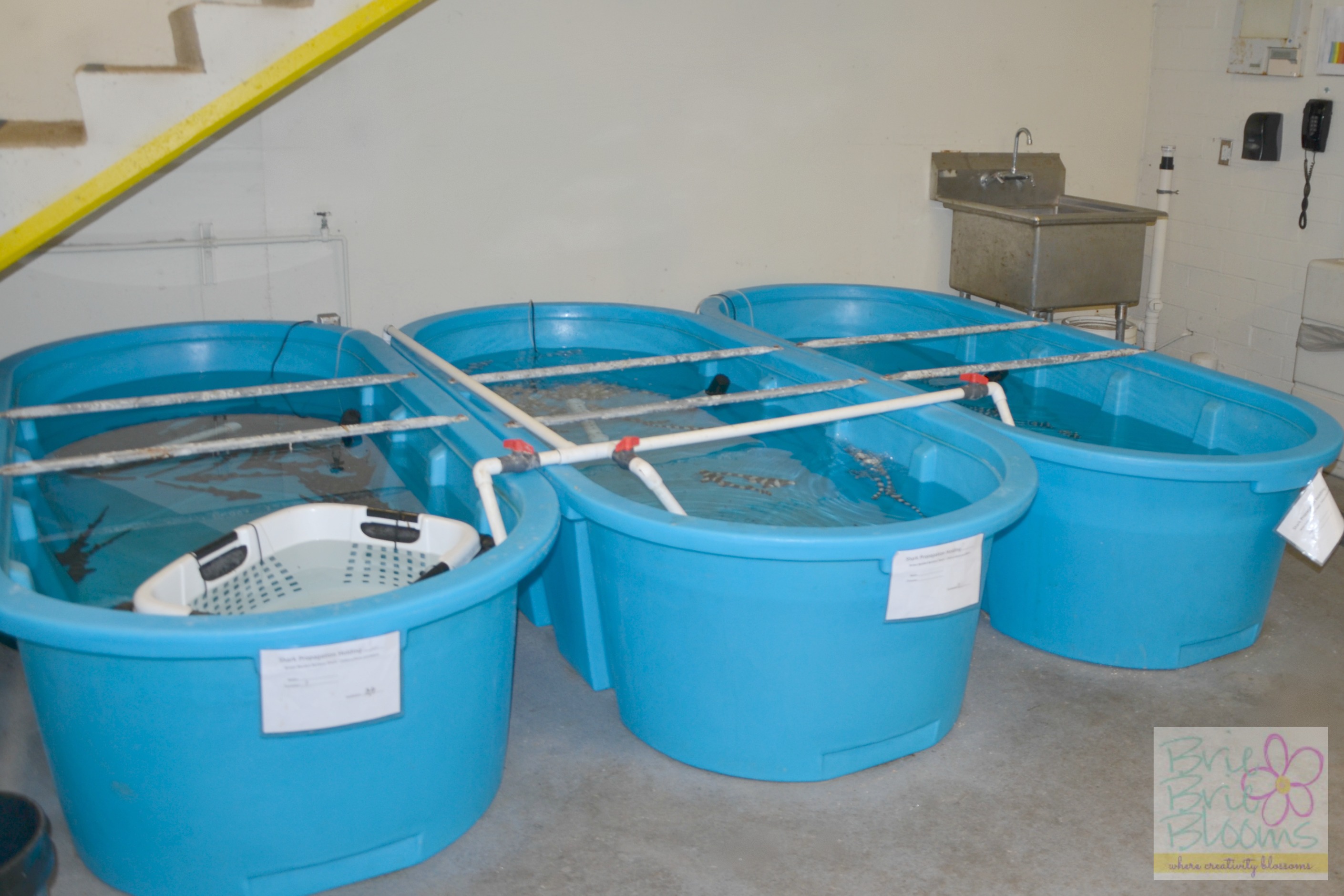
Mike pointed out a few different types of sharks to my daughter. He discussed their diet and habitat as well as how they help the ocean.
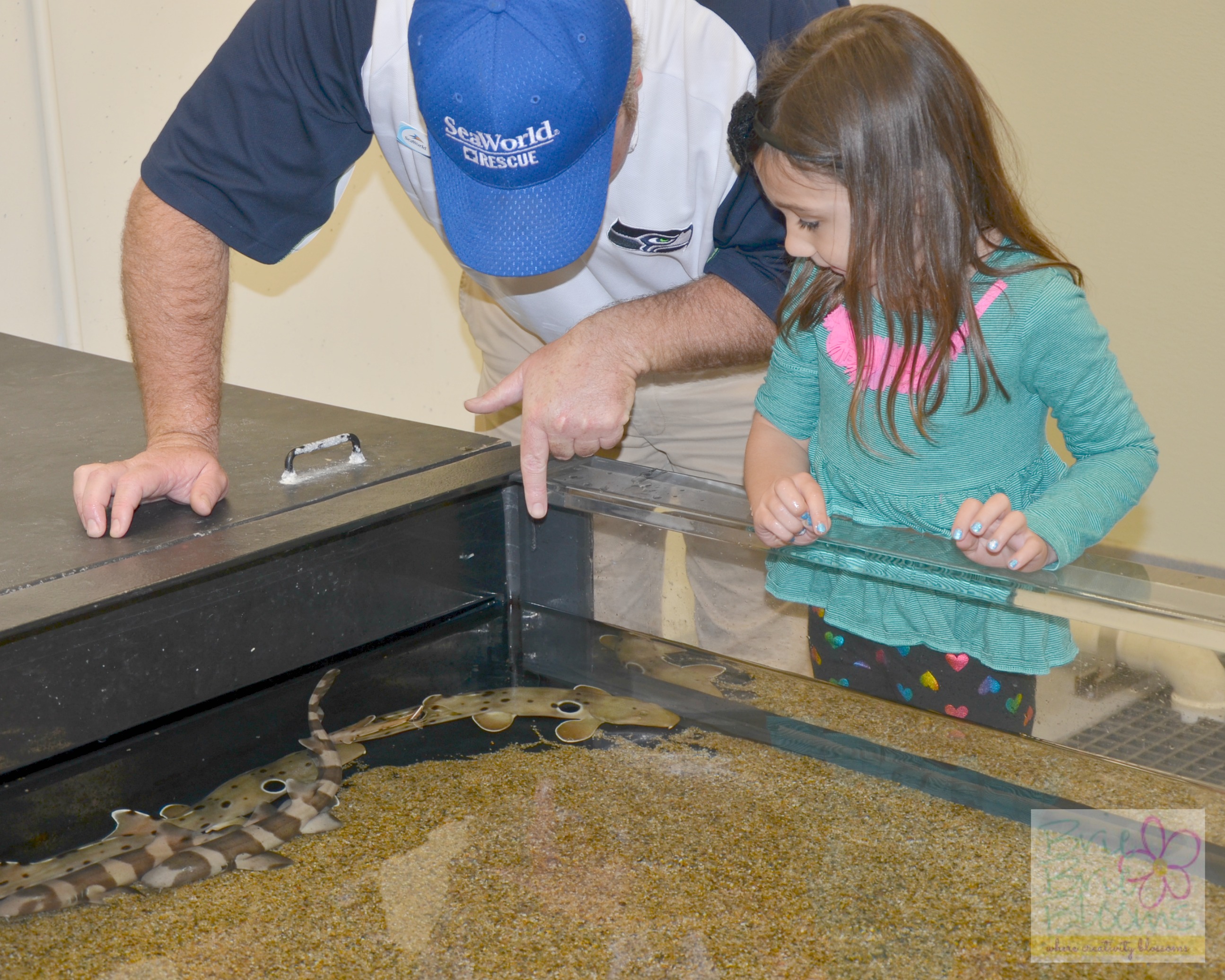
She touched the sharks and talked to Mike about how different it felt to pet them in different directions.
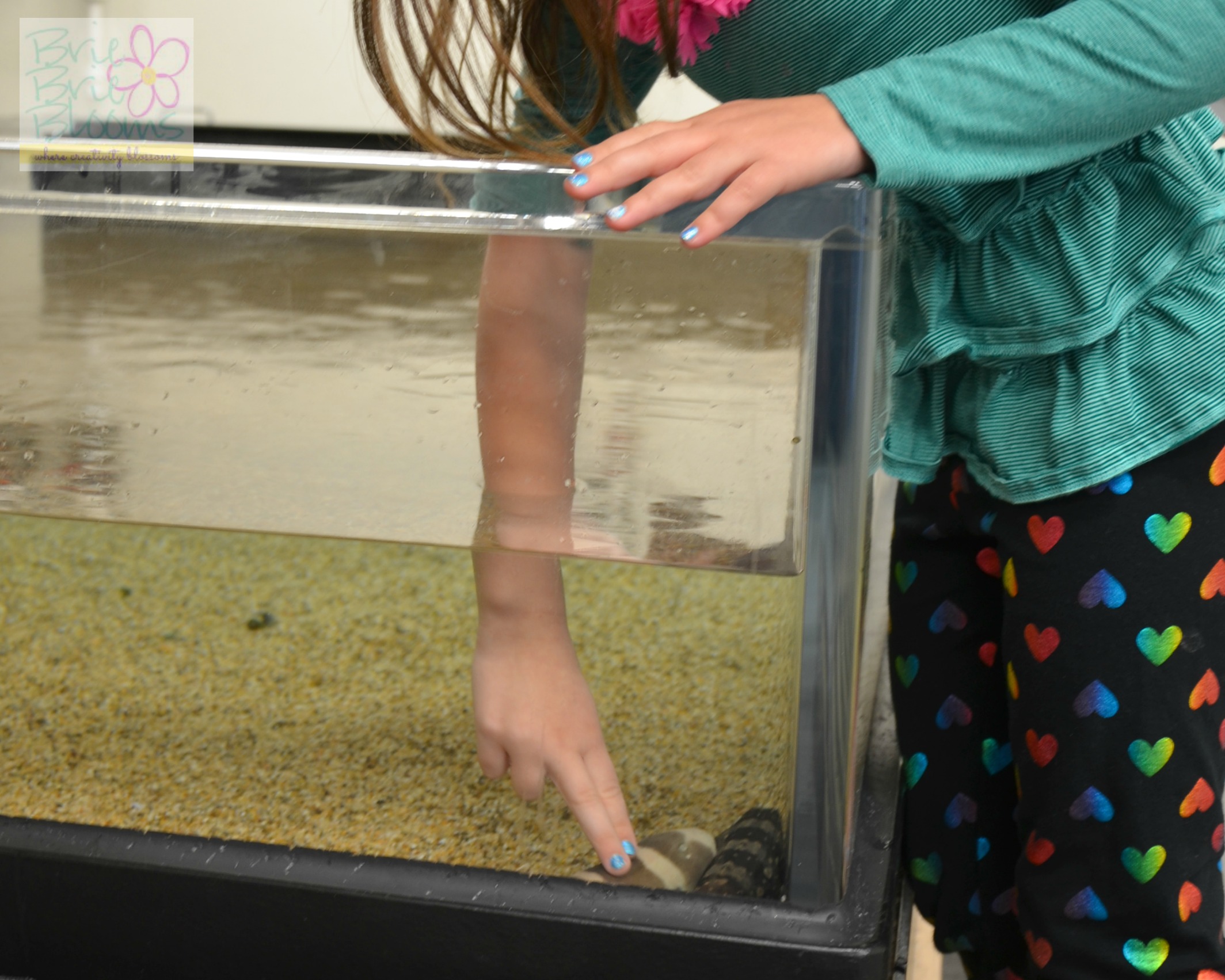
After learning about sharks Mike showed my daughter a tank full of cleaner fish. The small fish are usually found providing a service to other fish species by removing dead skin. Some cleaner fish actually swim into sharks’ mouths to eat particles from their teeth. The shark’s teeth get cleaned and the cleaner fish swims away satisfied. My daughter was fascinated by the small fish and enjoyed learning about them.
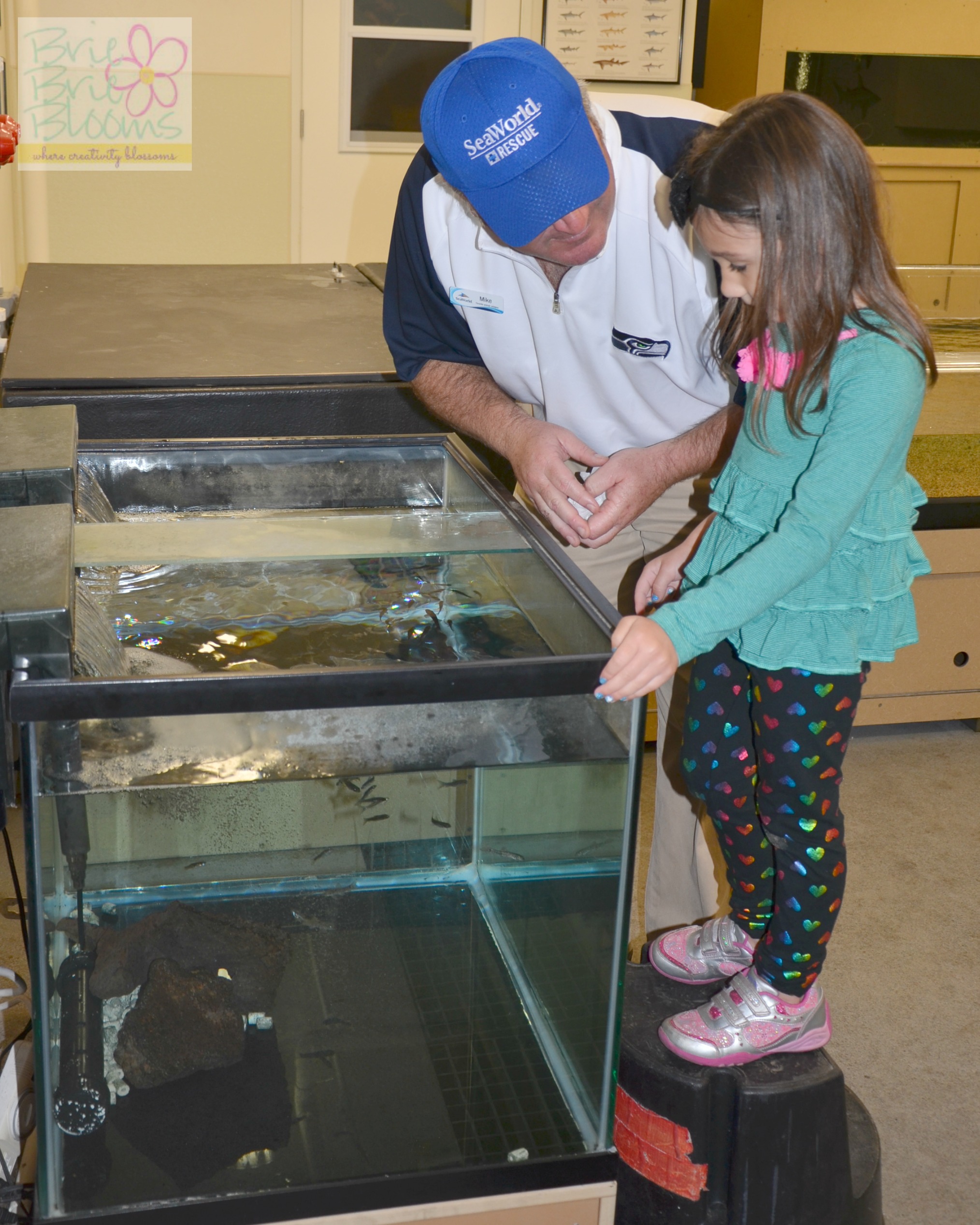
Both my daughter and I placed our hands in the cleaner fish tank to feel the fish clean our hands. My daughter giggled and said she was getting “cleaner fish kisses.”
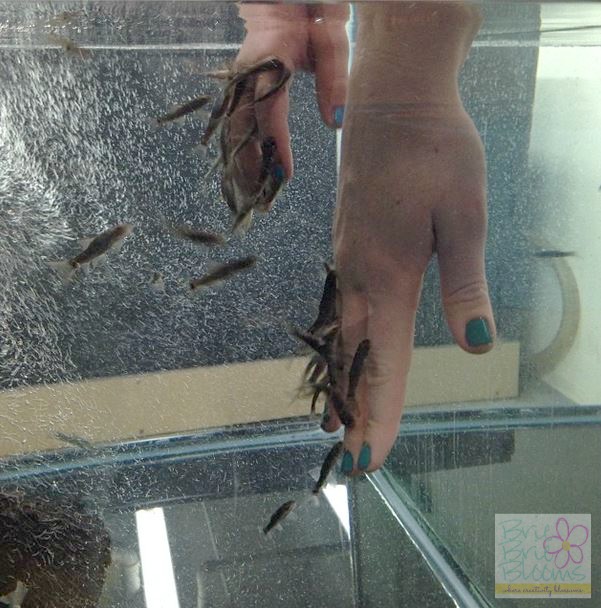
Learning about sharks and cleaner fish at SeaWorld San Diego added another experience to our list of great learning opportunities in the park.
Sharks play a great role in the balance of creatures in the ocean. Learning about sharks is the first step to conservation.
What is SeaWorld doing for shark conservation?
- The SeaWorld Adventure Parks and the Hubbs/SeaWorld Research Institute study sharks and educates the public on their vital role in the ocean environment.
- The education team at SeaWorld conducts dozens of classes, tours, camps, and hands-on encounters that show guests the importance of sharks. Shamu TV, a free satellite and distance learning program, provides classrooms and homes around the world an up-close look into the world of sharks and other animals.
- The SeaWorld & Busch Gardens Conservation Fund (SWBGCF) supports projects to protect sharks around the world.
- The SWBGCF has funded studies on the migration patterns, population status, sizes, and age/genders of sharks.
Learn more about sharks by visiting the SeaWorld California Sharks & Rays information page or by taking a SeaWorld Behind-the-Scenes Tour during your next visit.
You can also see sharks eggs, touch sharks, and experience more than 4,000 cleaner fish at Explorer’s Reef, the new attraction opening in the park March 21, 2014.
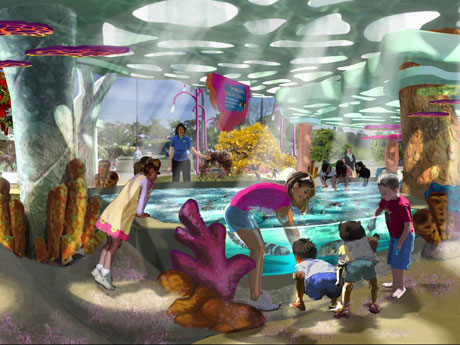
image of Explorer’s Reef courtesy of SeaWorldParks.com
Connect with SeaWorld San Diego on Facebook, Instagram, and with Clyde, the Sea Lion, on Twitter to learn more about the park and special events.
Read why I choose to support SeaWorld if you are interested in our frequent visits to the parks.
Disclosure: Our family received complimentary tickets to SeaWorld and a day full of animal interactions with many learning opportunities for this visit. All opinions are my own.
